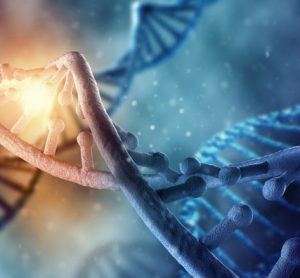Assessing the current proteomics field
7 April 2008 | By
There has been much interest in the promise of proteomics to deliver biomarkers with utility for disease diagnosis and classification, and for assessing therapeutic efficacy and monitoring disease progression. However recently, particularly in the past year, expressions of concern have started to emerge regarding the paucity of protein biomarkers that…






